15+ Bizarre facts about animals that almost sound made up
In the vast animal kingdom, there are creatures with astonishing abilities that seem straight out of a fantasy novel. From animals that defy aging to those with regenerative powers, the natural world is full of surprises. Let’s embark on a journey to discover some of the most unbelievable yet true animal facts. Prepare to be amazed by the wonders of nature that surpass even our wildest imaginations!
The Immortal Jellyfish: Nature’s Fountain of Youth
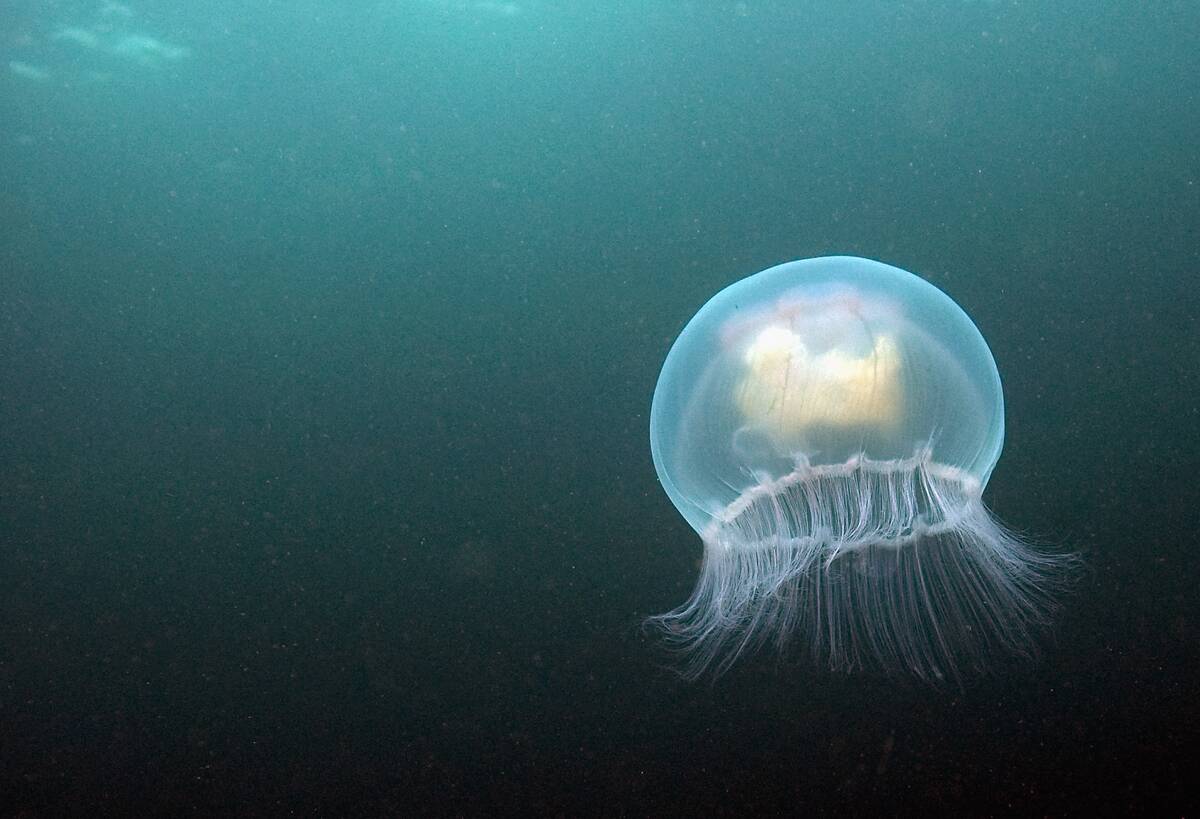
Meet Turritopsis dohrnii, commonly known as the immortal jellyfish, a creature that has baffled scientists with its unique ability to reverse its aging process. When faced with illness or injury, this jellyfish can revert to its juvenile form, essentially starting its life cycle anew. This remarkable rejuvenation process allows it to potentially live indefinitely, making it nature’s closest equivalent to a real-life fountain of youth.
Axolotls: The Salamanders That Can Regenerate Their Limbs
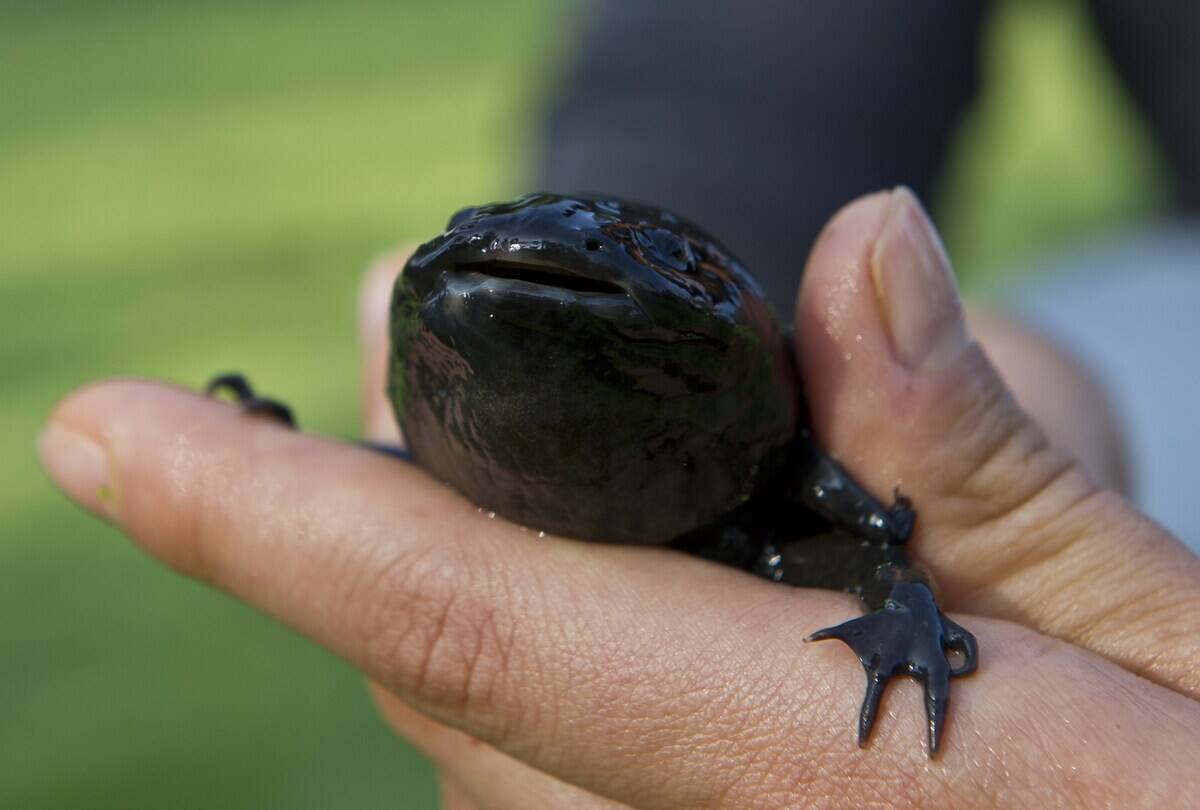
Axolotls, often referred to as Mexican walking fish, are not fish at all but a type of salamander with extraordinary regenerative abilities. Unlike most amphibians, axolotls can regrow lost limbs, spinal cords, and even parts of their brains without any scarring. This remarkable talent has made them a subject of study in the field of regenerative medicine, as scientists hope to unlock the secrets of their regeneration for human applications.
Tardigrades: The Indestructible Microscopic Marvels
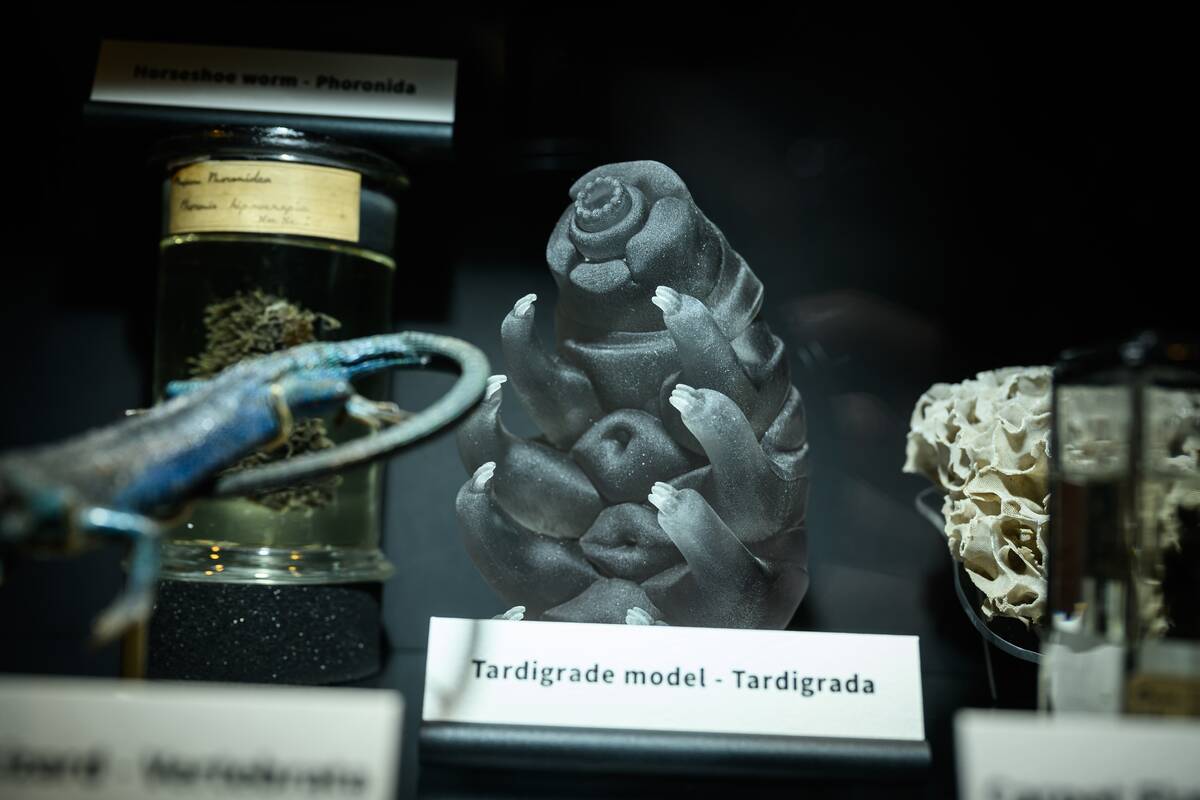
Tardigrades, also known as water bears, are microscopic creatures that are virtually indestructible. These resilient critters can survive extreme temperatures, pressures, and even the vacuum of space! They achieve this by entering a cryptobiotic state, where their metabolic processes slow down dramatically. Whether it’s boiling water or the depths of the ocean, tardigrades can withstand conditions that would be lethal to most other forms of life.
Narwhals: The Real-Life Unicorns of the Sea
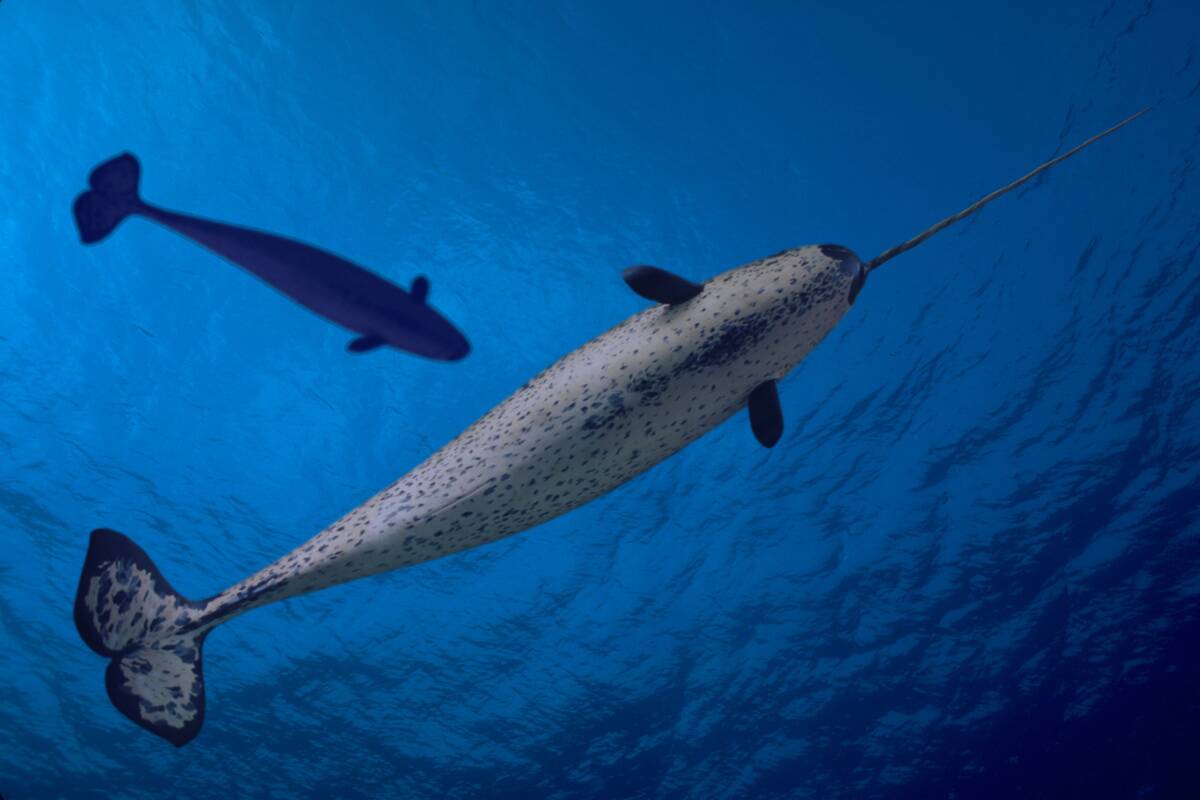
Narwhals, often dubbed the unicorns of the sea, are known for their long, spiral tusks that can grow up to 10 feet. These tusks are actually elongated teeth, and while their exact purpose is still debated, they are believed to be used in mating displays or as sensory organs. Narwhals primarily inhabit the icy waters of the Arctic, and their mystical appearance has inspired countless legends and myths throughout history.
Pistol Shrimp: The Underwater Gun Slingers
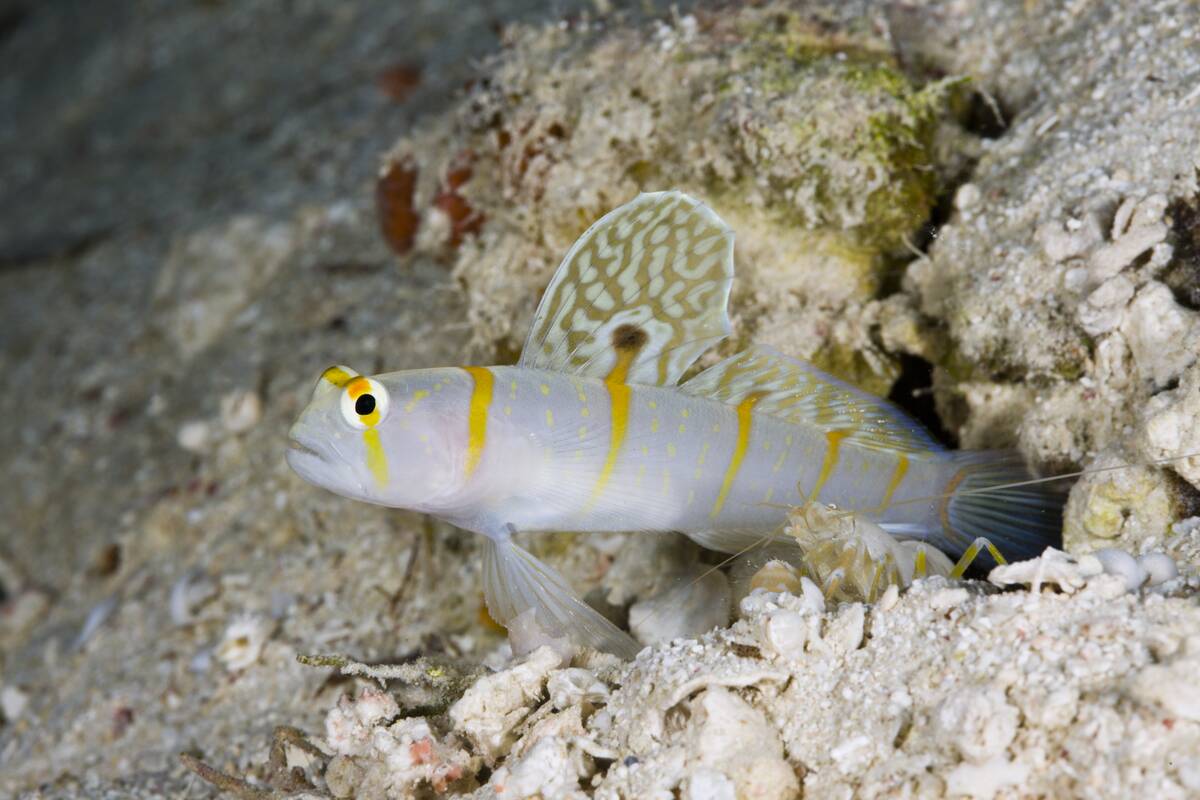
The pistol shrimp, despite its small size, possesses an impressive weapon: its claw. This claw snaps shut with incredible speed, creating a cavitation bubble that generates shockwaves and stunning flashes of light and heat. The resulting “gunshot” can stun or even kill prey, earning the pistol shrimp its gunslinger reputation. This unique adaptation makes them one of the most formidable predators relative to their size in the marine world.
Echolocation Experts: The Blind Bats That See with Sound
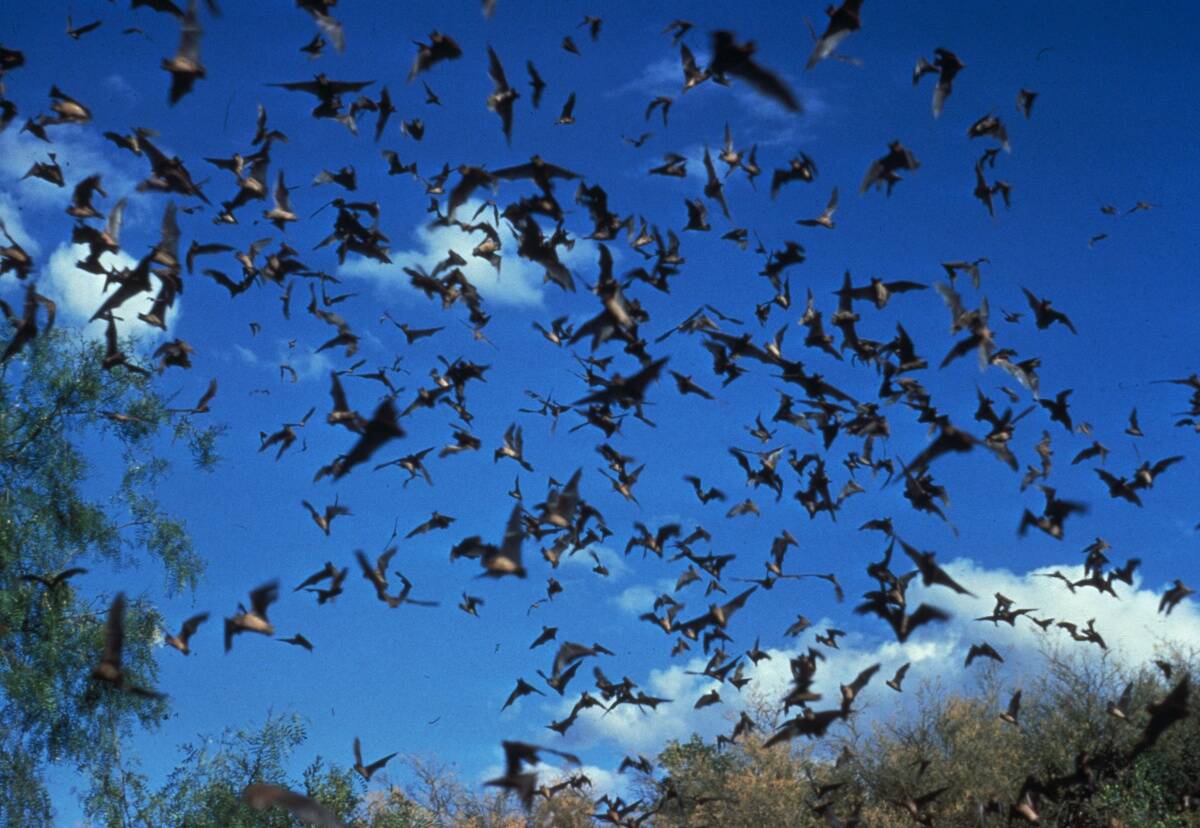
Bats are nocturnal creatures that have mastered the art of echolocation to navigate and hunt in the dark. By emitting high-frequency sound waves and listening to the echoes that bounce back, bats can construct a detailed sonic map of their surroundings. This ability allows them to detect even the smallest insects in complete darkness. Bats’ echolocation is so precise that they can avoid obstacles as thin as a human hair!
The Explosive Defense of the Bombardier Beetle
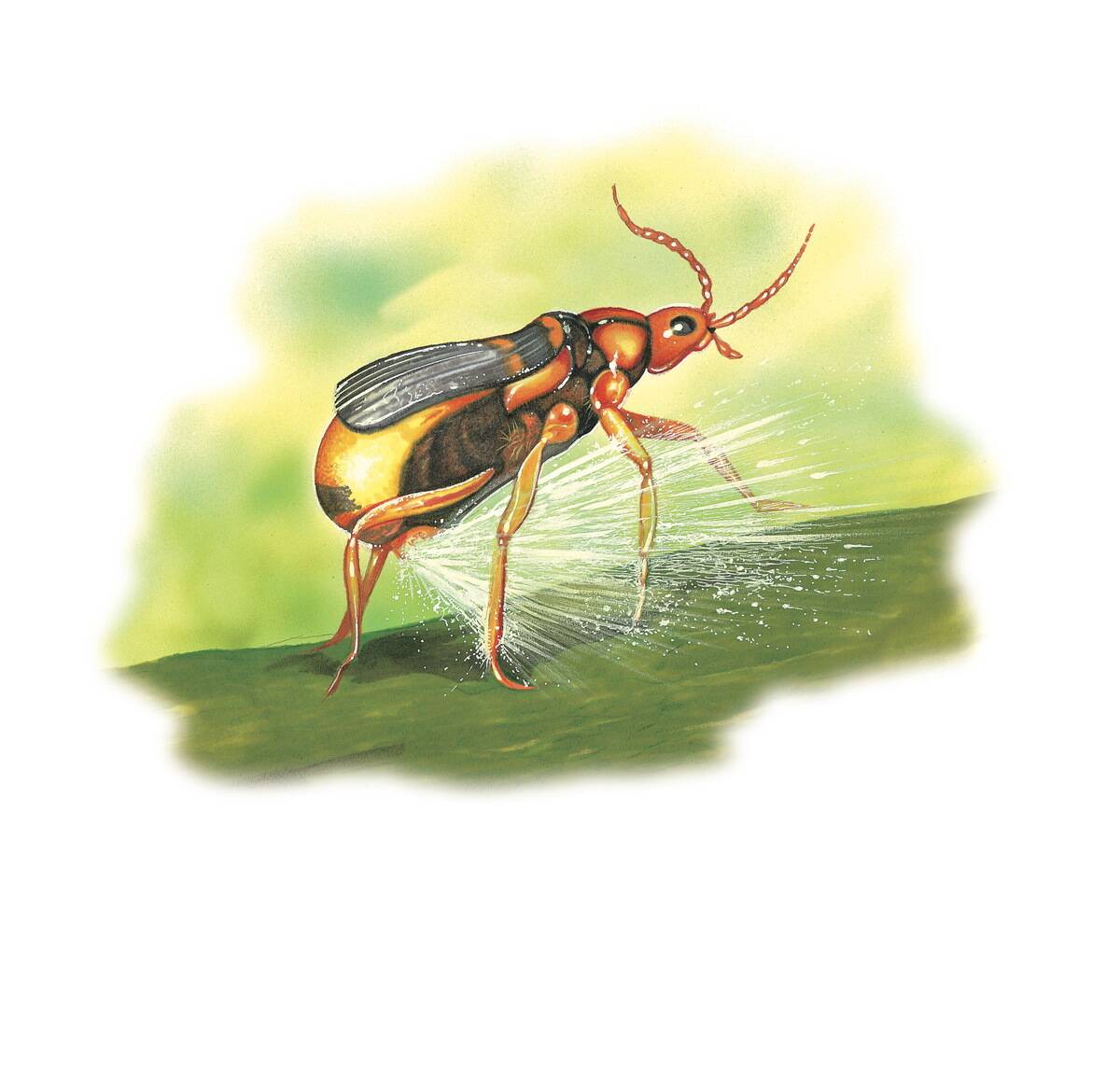
The bombardier beetle has a defense mechanism that would make any superhero envious. When threatened, it ejects a boiling chemical spray from its abdomen. This explosive discharge is a result of a chemical reaction between hydrogen peroxide and hydroquinone, which the beetle stores in separate chambers. The spray can reach temperatures of nearly 100 degrees Celsius, deterring predators and protecting the beetle from harm.
Electric Eels: Nature’s Living Batteries

Electric eels are fascinating creatures capable of generating powerful electric shocks to stun prey or deter predators. Despite their name, electric eels are more closely related to catfish than true eels. These aquatic marvels have specialized cells called electrocytes that store and discharge electricity. A single electric eel can produce shocks of up to 600 volts, enough to knock a human off their feet, making them nature’s living batteries.
The Tongue-Twisting Giraffe: More Than Meets the Eye

Giraffes are well-known for their towering necks, but their tongues are equally fascinating. Measuring up to 18 inches long, a giraffe’s tongue is prehensile and adept at grasping leaves from thorny branches. This dexterous tongue is also darkly pigmented, which scientists believe helps protect it from sunburn. Giraffes’ unique adaptations allow them to feed on foliage high above the ground, avoiding competition with other herbivores.
The Coconut Crab: The World’s Largest Land-Dwelling Arthropod
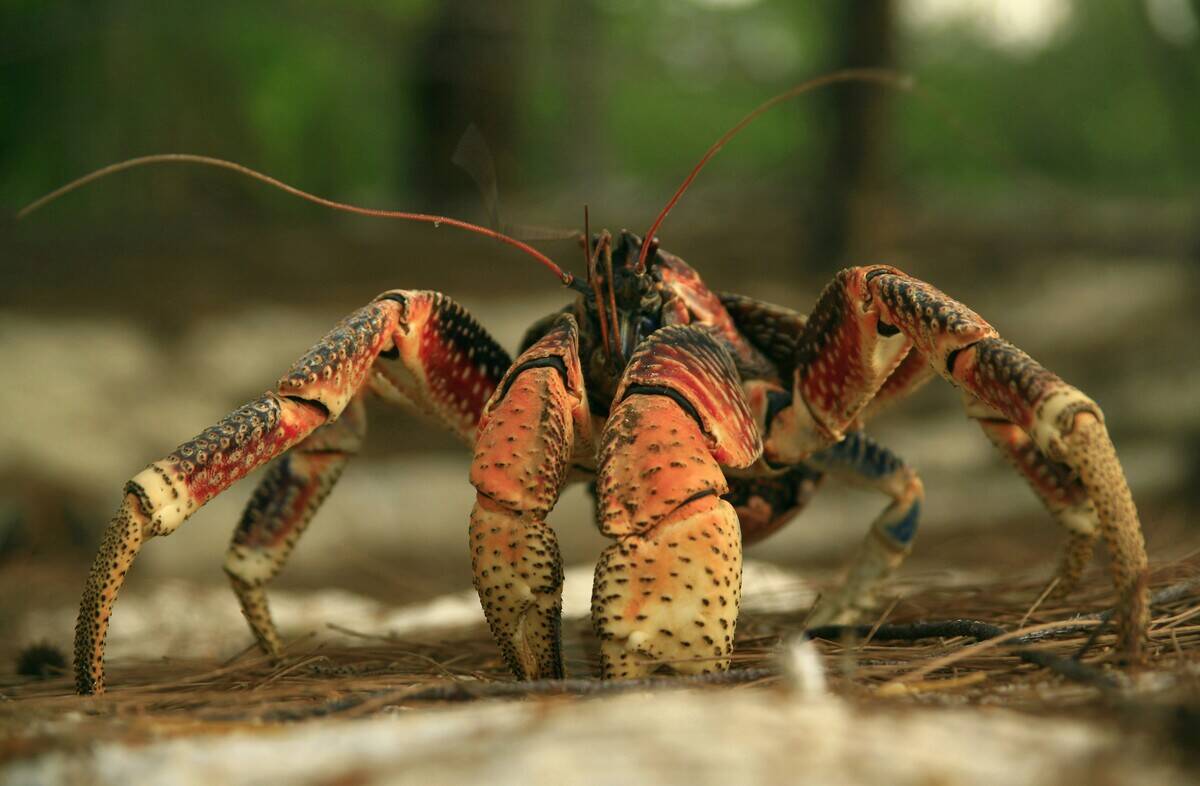
The coconut crab, known for its impressive size and strength, is the largest terrestrial arthropod on Earth. These crabs can weigh up to 9 pounds and have claws strong enough to crack open coconuts, hence their name. Found primarily on islands in the Indian and Pacific Oceans, coconut crabs are adept climbers and known for their ability to scale trees in search of food. Their unique biology and behaviors make them a fascinating subject of study.
The Mimic Octopus: The Master of Disguise
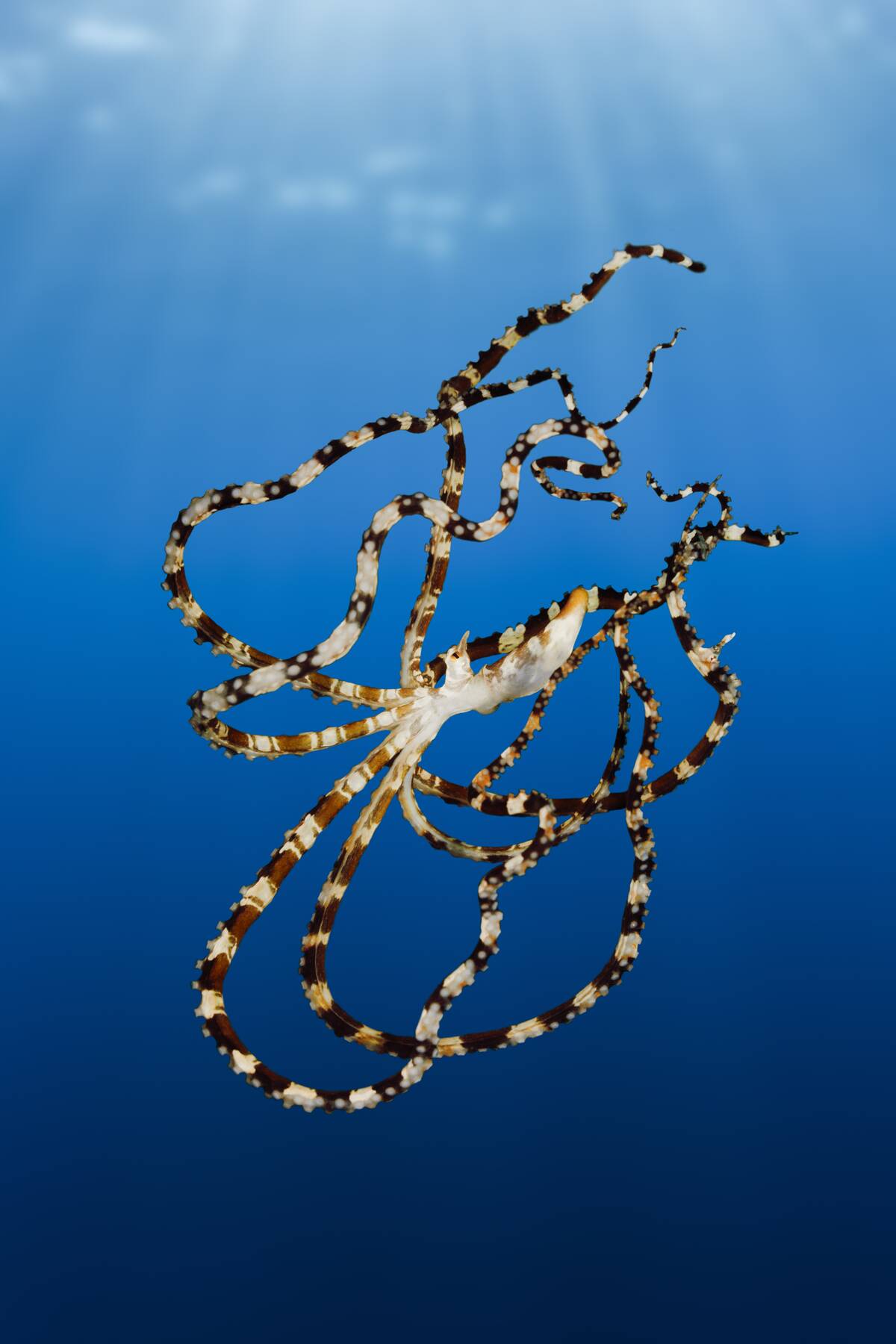
The mimic octopus is a true chameleon of the sea, capable of impersonating other marine creatures to evade predators. By altering its shape, color, and behavior, this crafty octopus can mimic lionfish, flatfish, and even sea snakes. Discovered in the late 1990s, the mimic octopus has amazed researchers with its intelligence and adaptability. Its ability to imitate multiple species is a testament to the incredible versatility of cephalopods.
Sea Cucumbers: The Unusual Defense Mechanism

Sea cucumbers are echinoderms with an unusual self-defense strategy: evisceration. When threatened, they can expel their internal organs to distract predators, later regenerating them. Found on the ocean floor, sea cucumbers play a vital role in marine ecosystems by recycling nutrients. Their unique defense mechanism, while seemingly extreme, is a fascinating adaptation that highlights the diverse survival strategies in the animal kingdom.
The Lyrebird: Nature’s Best Impersonator
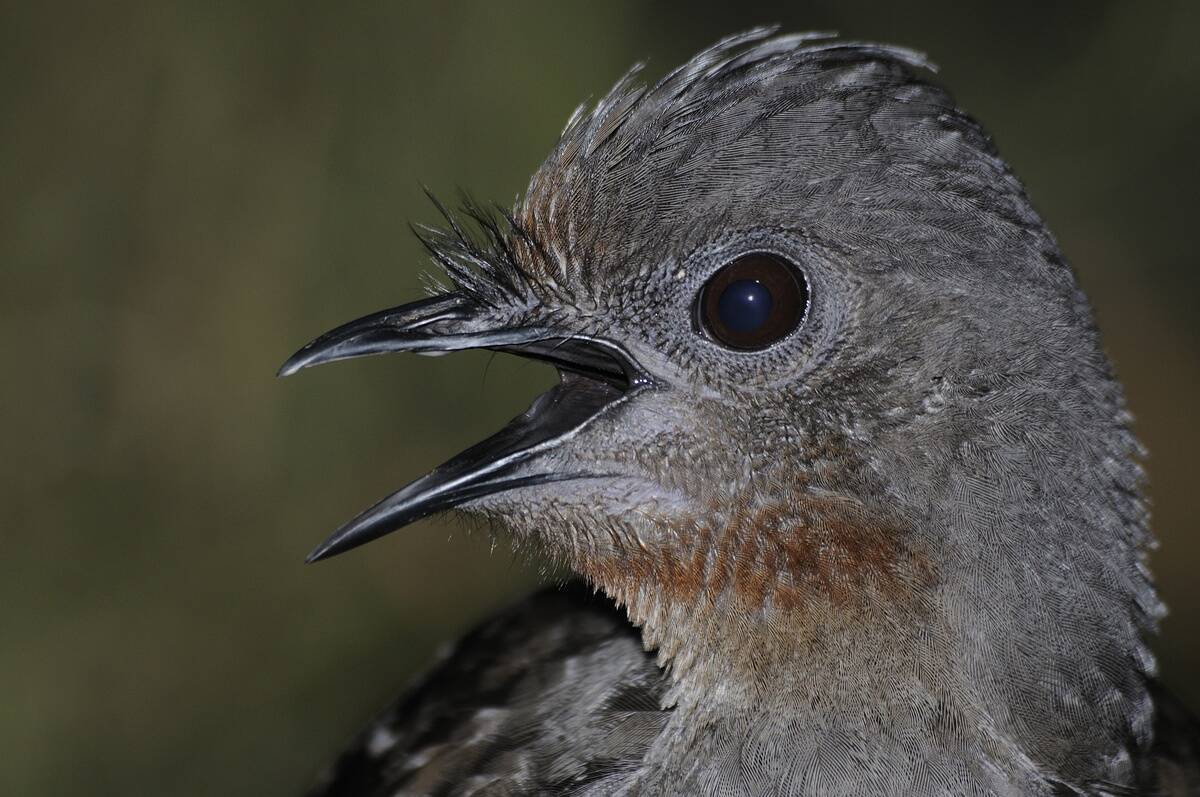
The lyrebird, native to Australia, is renowned for its remarkable ability to mimic natural and artificial sounds with incredible accuracy. From chainsaws to camera shutters, lyrebirds can imitate a wide range of noises, fooling even the most discerning ear. Their vocal prowess is primarily used in courtship displays, where males use their mimicry skills to attract females. The lyrebird’s talent for impersonation makes it one of nature’s most impressive vocalists.
The Decorator Crab: Nature’s Crafty Camouflage Artist
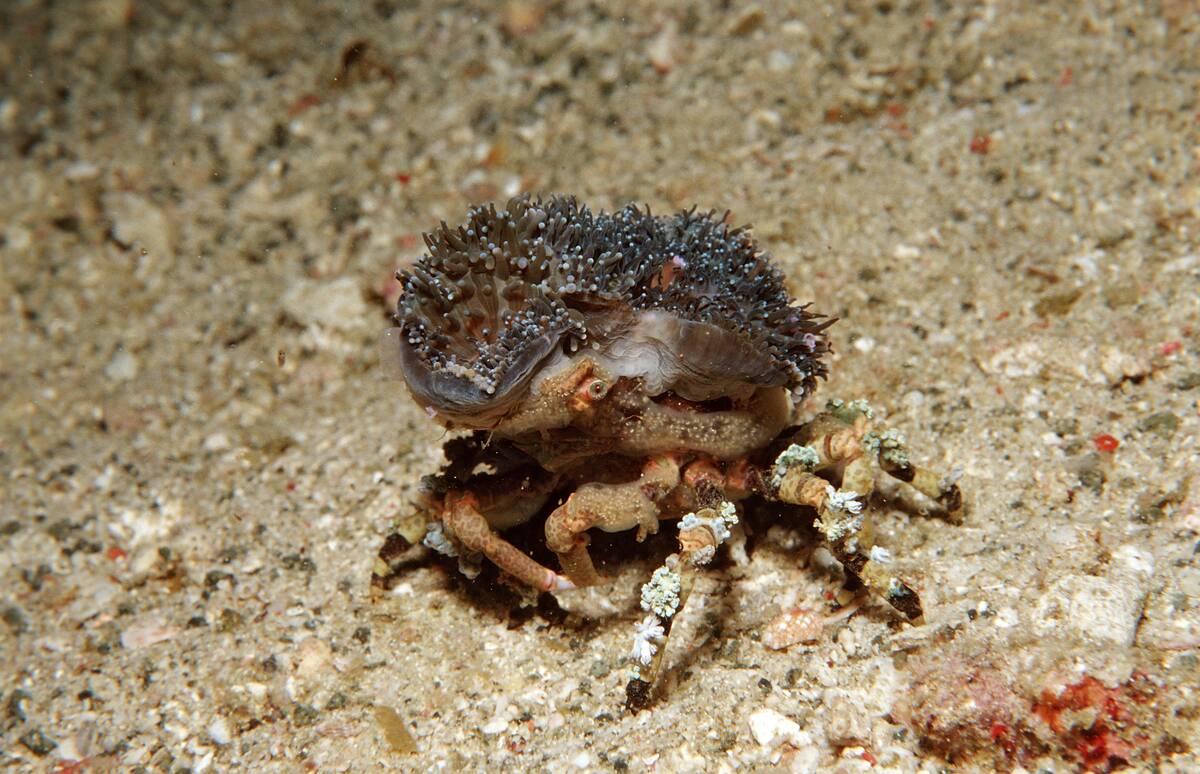
Decorator crabs are the underwater artists of the marine world, using materials such as seaweed, sponges, and shells to adorn their bodies. This crafty camouflage helps them blend seamlessly into their surroundings, providing protection from predators. By carefully selecting and attaching materials to their exoskeletons, decorator crabs demonstrate a remarkable level of intelligence and resourcefulness. Their creative approach to survival is a testament to the ingenuity of nature.
The Glass Frog: The Transparent Wonder of the Rainforest
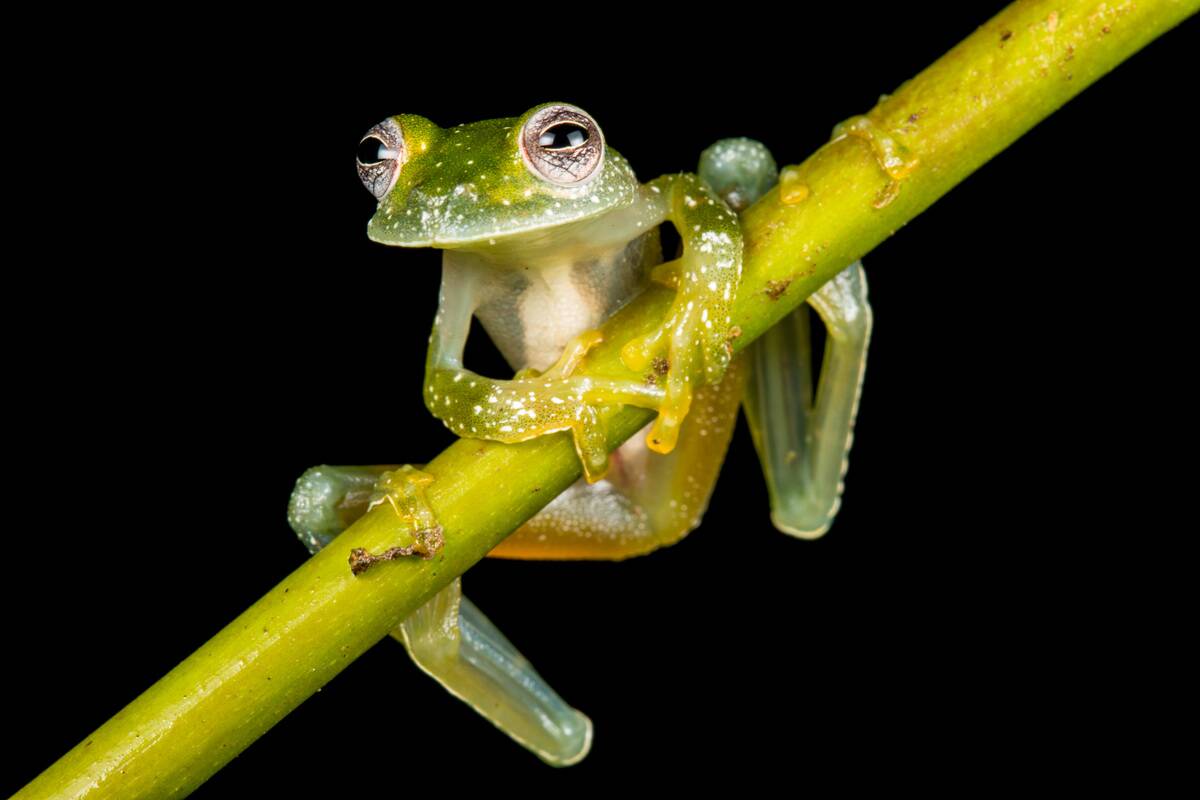
Glass frogs, native to Central and South American rainforests, are small amphibians known for their translucent skin. This unique feature allows their internal organs to be visible, providing an excellent form of camouflage against predators. By blending into their leafy habitats, glass frogs can avoid detection while resting on foliage. Their remarkable transparency and delicate appearance make them one of the most intriguing inhabitants of the rainforest ecosystem.
The Platypus: A Mammal That Lays Eggs
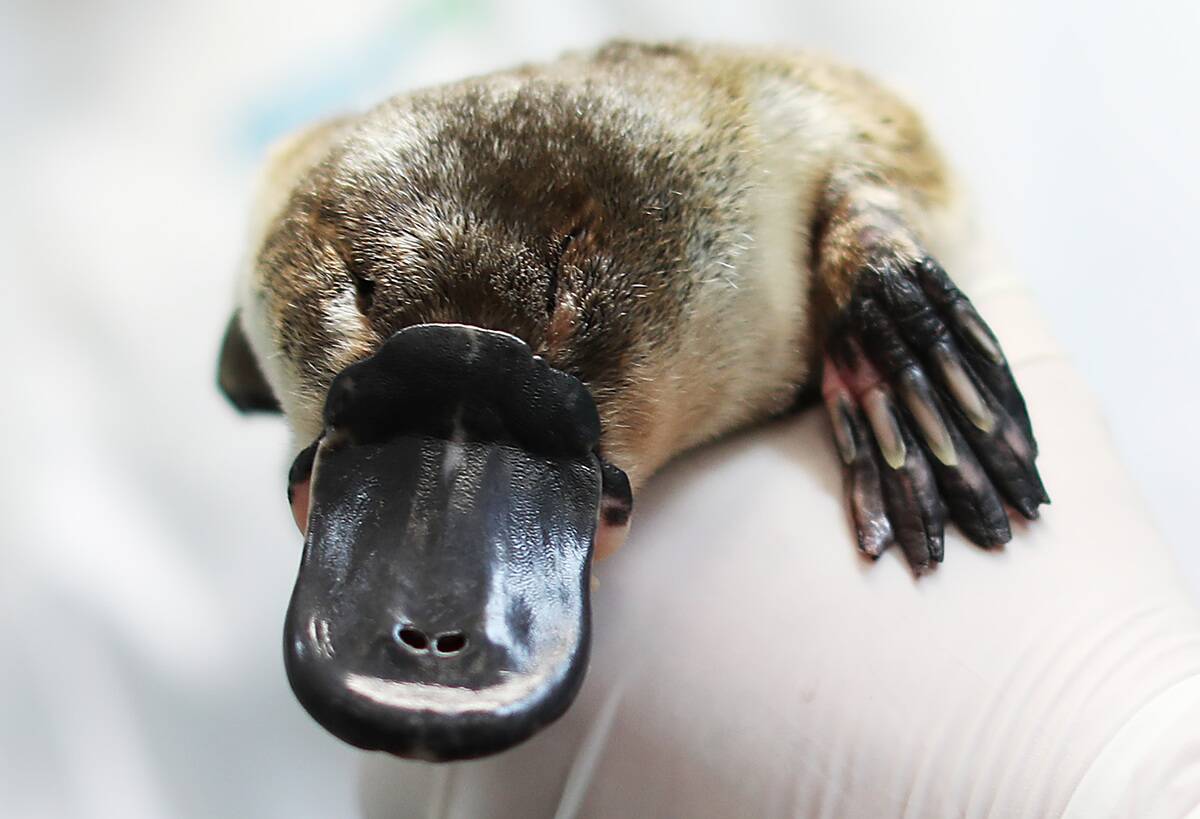
The platypus is one of nature’s most peculiar creations, combining traits from various animal groups. Despite being a mammal, the platypus lays eggs and possesses a duck-like bill, webbed feet, and a beaver-like tail. Found only in eastern Australia, this semi-aquatic creature is also equipped with electroreceptors in its bill, allowing it to detect prey in murky waters. The platypus truly embodies the phrase ‘stranger than fiction’ in the animal world.
The Mantis Shrimp: The Creature with a Super Punch
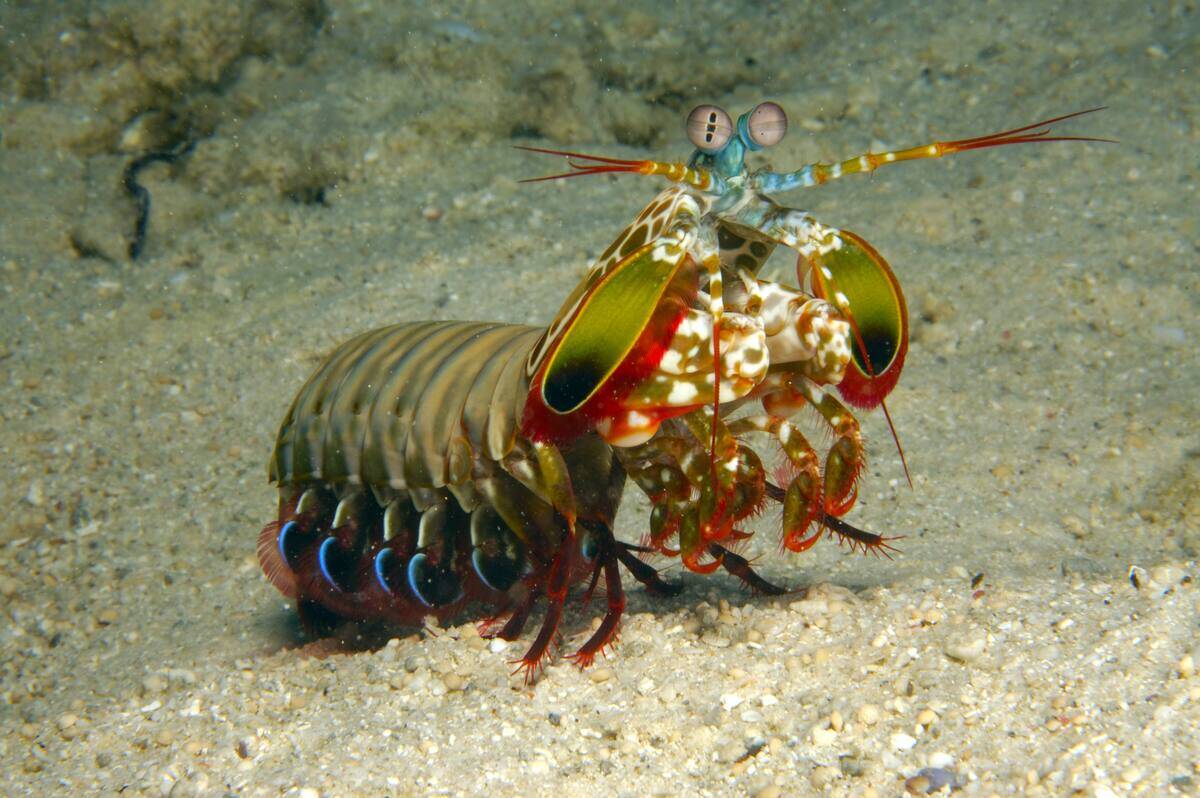
The mantis shrimp is neither mantis nor shrimp but a marine crustacean known for its incredible punching power. With a strike that can accelerate as fast as a bullet, the mantis shrimp uses its club-like appendages to break open the shells of prey. This super-fast punch generates heat and light, creating tiny bubbles that collapse with explosive force. It’s no wonder the mantis shrimp’s punch is considered one of the fastest movements in the animal kingdom!




